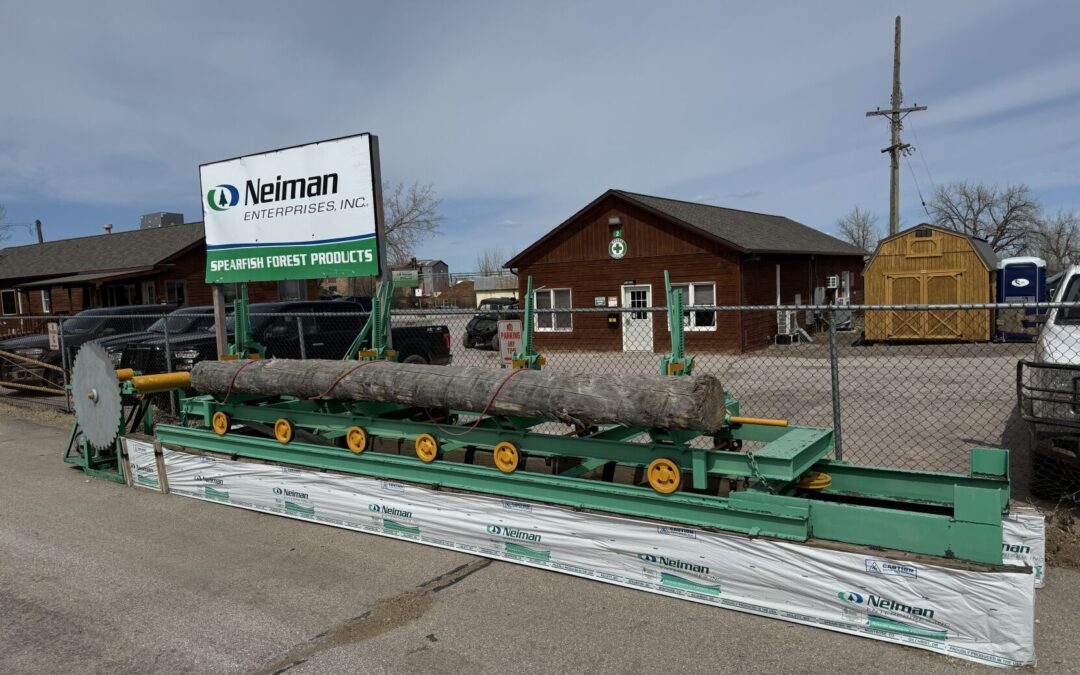Neiman Enterprises, the parent company of Spearfish Forest Products in South Dakota, has recently announced layoffs and production reductions at its facility.
Jim Neiman, the President of Neiman Enterprises, expressed his regret over the situation, stating that the company had done everything possible to prevent these outcomes.
“Neiman Enterprises has worked, and will continue to work, to ensure the appropriate resources are provided to approximately 50 employees and their families who are affected,” a statement from Neiman Enterprises reads.
Impact on Employees and Community
The affected employees were notified of the layoffs on April 11. Neiman Enterprises has assured them that appropriate resources will be provided to support them and their families during this challenging transition.
Jim Neiman expressed his gratitude to the employees for their hard work and dedication over the years.
“We have done everything possible to prevent this unfortunate outcome that will impact these employees, our community, and ultimately the health of the forest. We’ve weathered economic and market downturns over the decades. These layoffs, however, are a direct cause of the reduction in the timber sale program,”
Jim Neiman, the president of Neiman Enterprise
A History of Reductions
This is not the first time that Neiman Enterprises has announced reductions in its operations. In July 2022, the company reduced hours at both of its sawmills, removing a shift in Hulett and reducing hours in Spearfish.
These reductions were also attributed to a decrease in timber harvests. Additionally, the company closed its mill in Hill City, SD, a year prior, for the same reason.
Ben Wudtke’s Comments On The timber Sales Program
Ben Wudtke, the Executive Director of the Black Hills Forest Resource Association, expressed concerns over the reduction in the timber sale program. He stated that some individuals were leaving out key scientific information in an attempt to portray the situation inaccurately.
Wudtke emphasized that the forest still has more timber now than in the past, and reducing the timber sale program could lead to forest conditions that are prone to pine beetle epidemics and fires.
“The fact is that, as verified by a federal review of Forest Service data, we have more timber now than in the 70s and 80s when the BHNF was selling twice the amount of timber and that these decisions to reduce the timber sale program now are rushing us towards the same forest conditions that resulted in the most recent pine beetle epidemic and fires that threatened our communities. History has shown again and again that decisions like that to reduce the BHNF timber sale program, are dangerous and come with serious consequences.”
Ben Wudtke
The Changing Landscape of the Forest
Shawn Cochran, the BHNF Forest Supervisor, explained that the need for a reduction in timber harvests has been a long time coming.
Over the years, the forest has undergone significant changes. In the early 2000s, the BHNF had a large supply of mature, larger-sized trees that met the needs of companies like Neiman Enterprises.
However, concerns over wildfire potential led to a more conservation-focused approach, resulting in a decrease in available timber.
The forest also experienced catastrophic fires that further reduced the areas available for timber harvests.
The Forest in Recovery
Cochran noted that the BHNF is now in a recovery phase. New growth and regeneration are occurring across the forest, but the majority of the timber available for harvest is smaller in diameter.
The forest has undergone extensive thinning, making it significantly different from what it was at the beginning of the century.
Assessing the Timber Situation
The United States Forest Service (USFS) is currently conducting an in-depth assessment of the timber situation in the Black Hills. The agency is using lidar technology and other methods to gather data on the forest’s current state.
This data, along with other information, will help determine the future harvest potential of the Black Hills.
The USFS plans to make the data available to the public for input once the analysis is complete.
